Sometimes it's necessary to disconnect a battery to replace it or to do some work on your truck. It can be a major pain if your truck doesn't start up after reconnecting the battery. So what's the problem? We've done the research to bring you the answers you need.
There are many reasons that can cause problems starting, such as corrosion of the cable connectors, a malfunctioning alternator, a defective starter, or the loss of stored parameters by the Engine Control Modules (ECM). If none of this is the case, your battery might be incompatible with your vehicle or be incorrectly installed.
Several factors can lead to the inability of your truck to restart after a battery change. We'll cover these problems, how to recognize them, and, most importantly, how to remedy them. Keep reading for a detailed breakdown of steps you should follow.
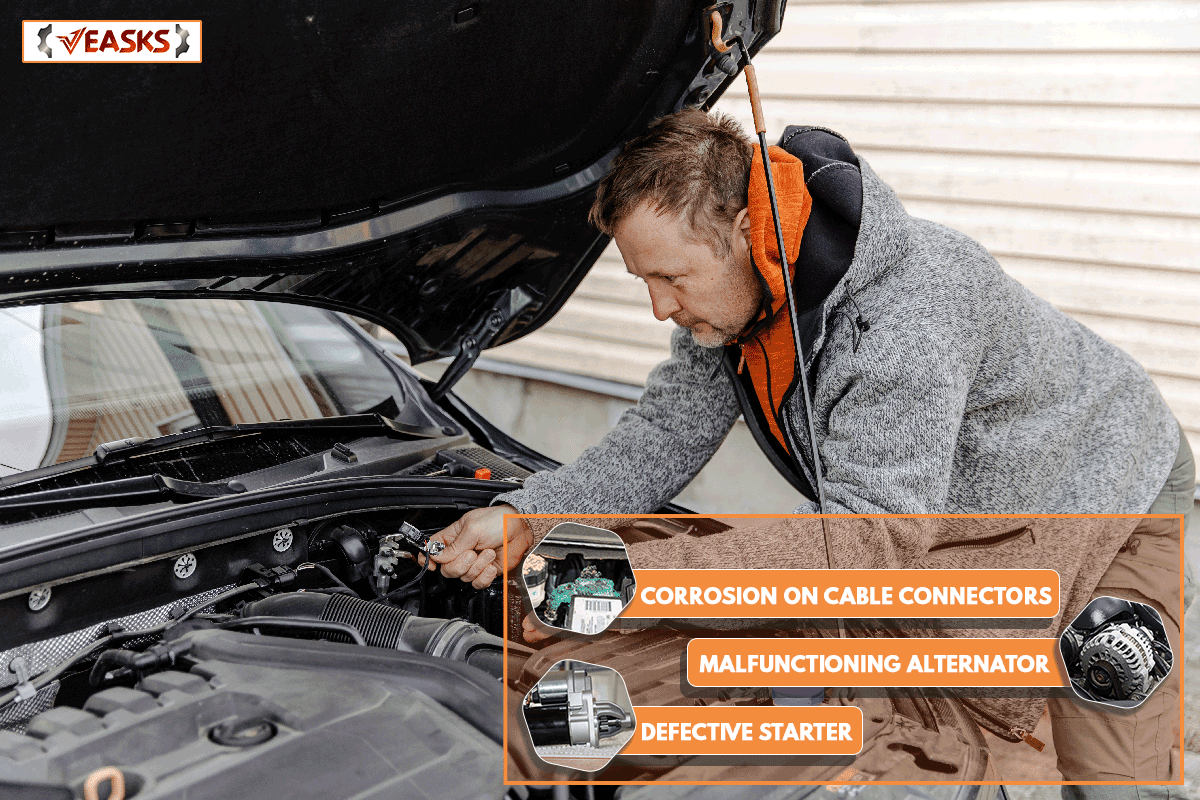
Reasons Your Truck Doesn't Start After Replacing Battery
Your truck or car battery has given enough signs that it needs to be replaced and you finally replaced it. However, you encounter the same old problem after replacement - your vehicle just won't start! What could be the matter?
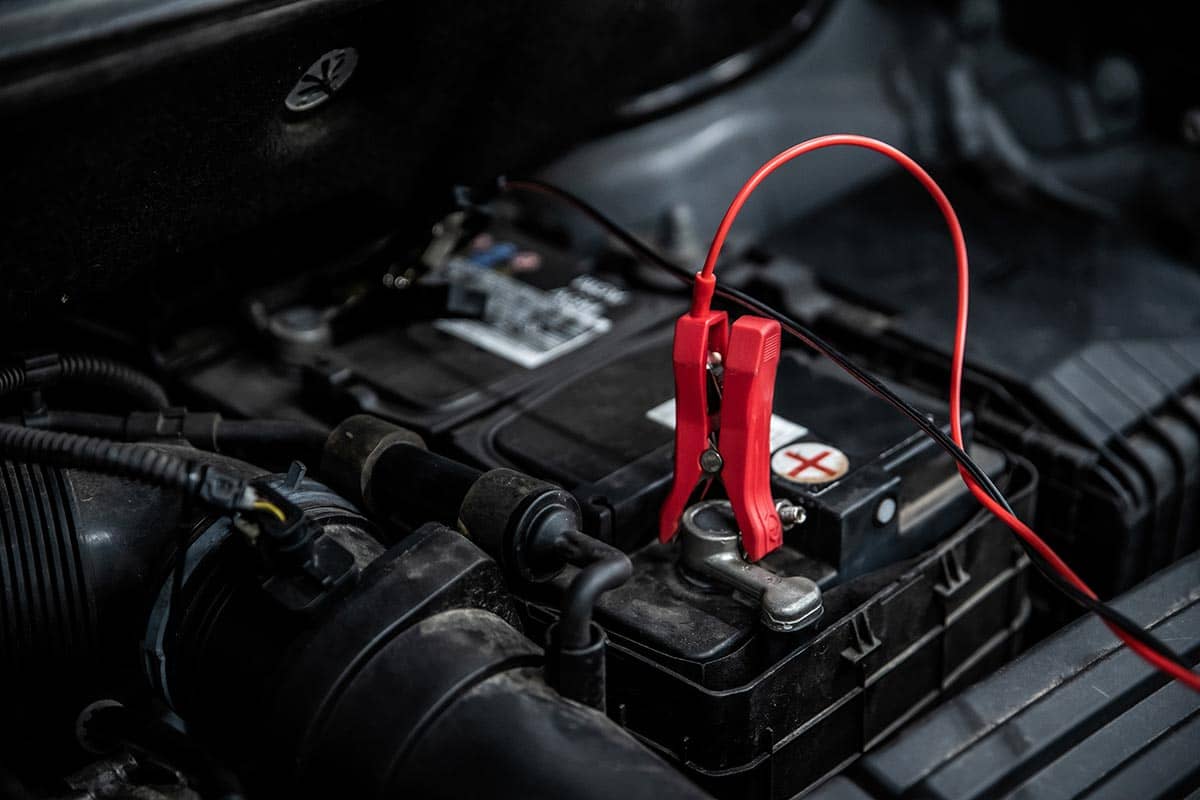
There are many reasons your truck or car won't start even after replacing the battery. They are as follows.
Incompatibility
Vehicle batteries don't come as one-size-fits-all. Each one requires a particular size and capacity and this is largely dependent on your vehicle's specifications. A battery that will efficiently power a four-cylinder engine would fail if put in a four-wheel drive.
Incorrect Installation
In installing new batteries, as a first step, the battery is to be eased into the battery tray. Following this, the positive cable is first connected to the positive terminal on the battery which has a plus (+) sign, and the negative cable is connected to the negative terminal which has a negative (-) sign.
This order has to be followed. Reversing this order can damage the battery and electrical system. It is also important to clamp the cables down tightly.
If either cable is connected loosely, the vehicle may start sluggishly or altogether not start as there is insufficient power going into its system from the battery.
Corrosion on the Cables
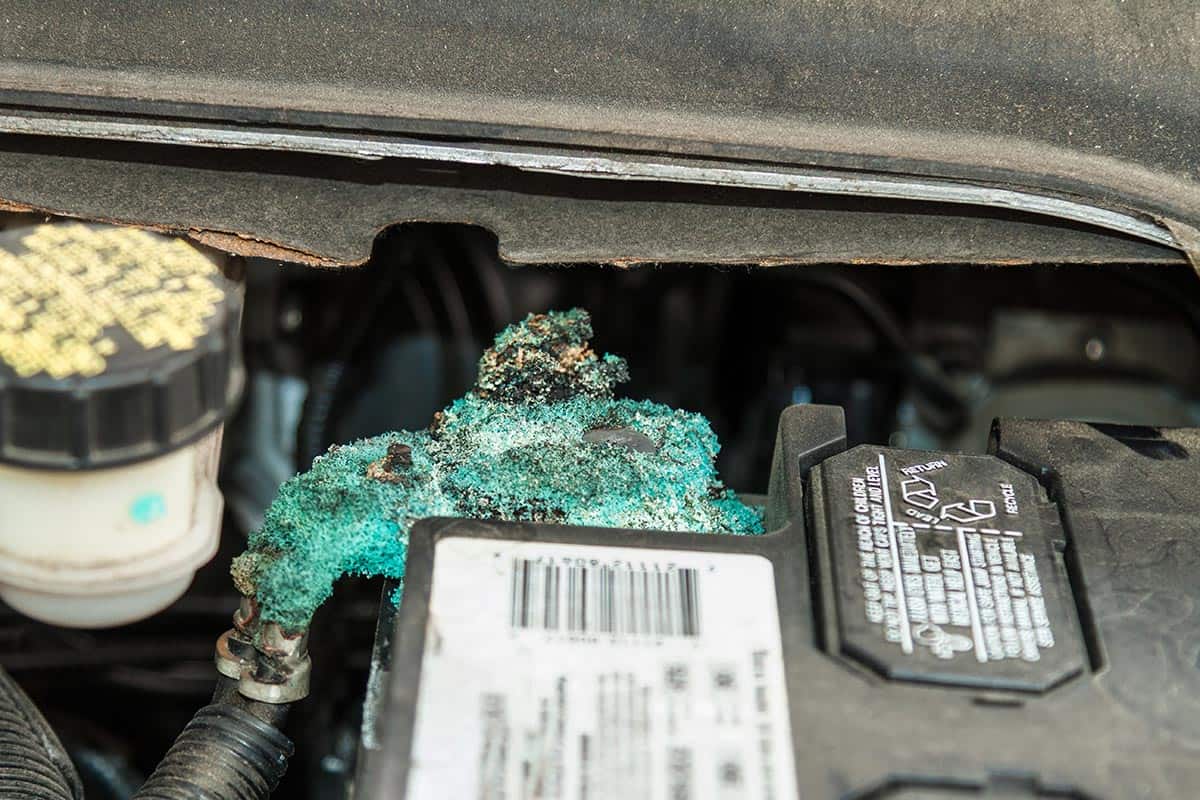
Battery terminals and cable connectors are susceptible to corrosion over time by the hydrogen gases that the battery releases. Where the corrosion is excessive, the battery will be incapable of starting the car. If your battery is new, the cable connectors are the most likely culprits.
Defective Starter
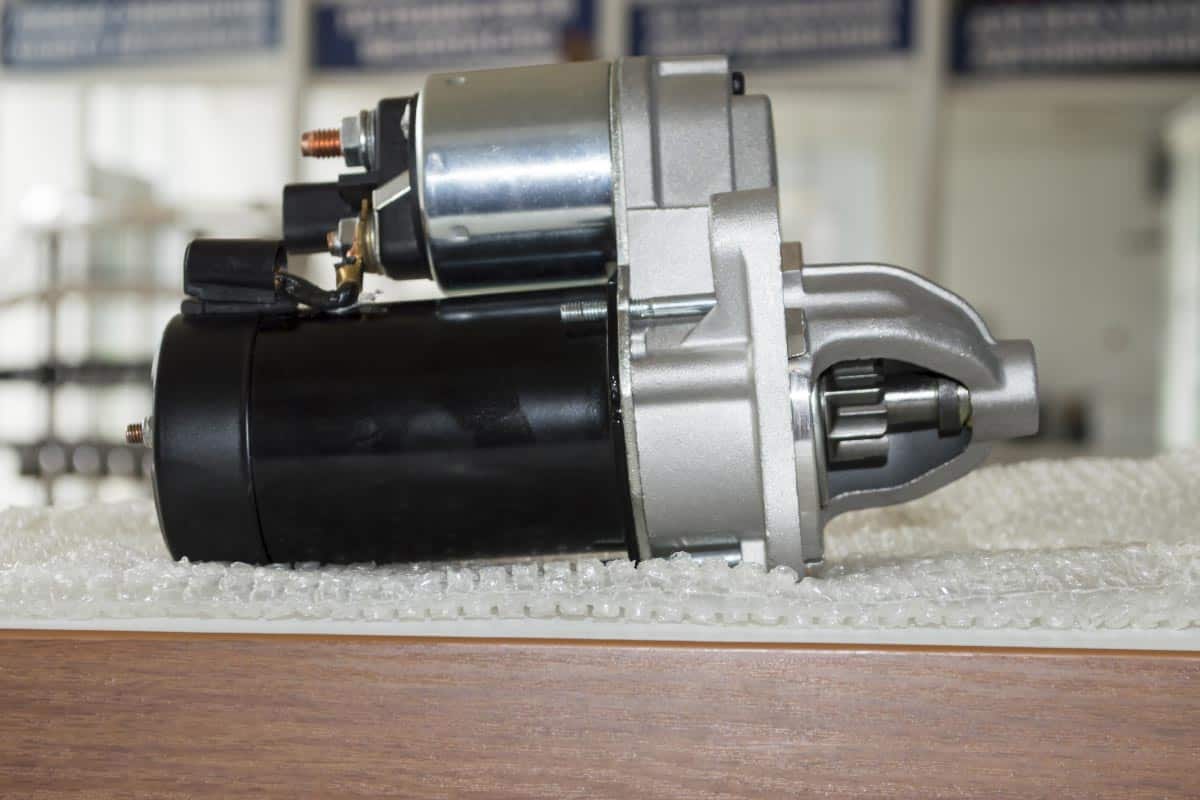
Your battery might never have been the issue, as a bad starter can also prevent your car from starting. Common signs are the absence of activity in the engine upon ignition, and a whirring, grinding or clattering sound from the starter motor.
Other indicators can be a burnt smell when cranking the engine, or smoke coming from the starter. If any of these occurs, you are most likely dealing with a starter problem.
Seized Engine
Engine failure can easily be misdiagnosed as a battery failure. So while your battery and installation are in top form, your engine might be giving out.
If you've recently noticed a burning smell, smoke, or unusual sounds similar to knocking or tapping from your vehicle's engine area, you might be dealing with a seized engine.
Malfunctioning Alternator
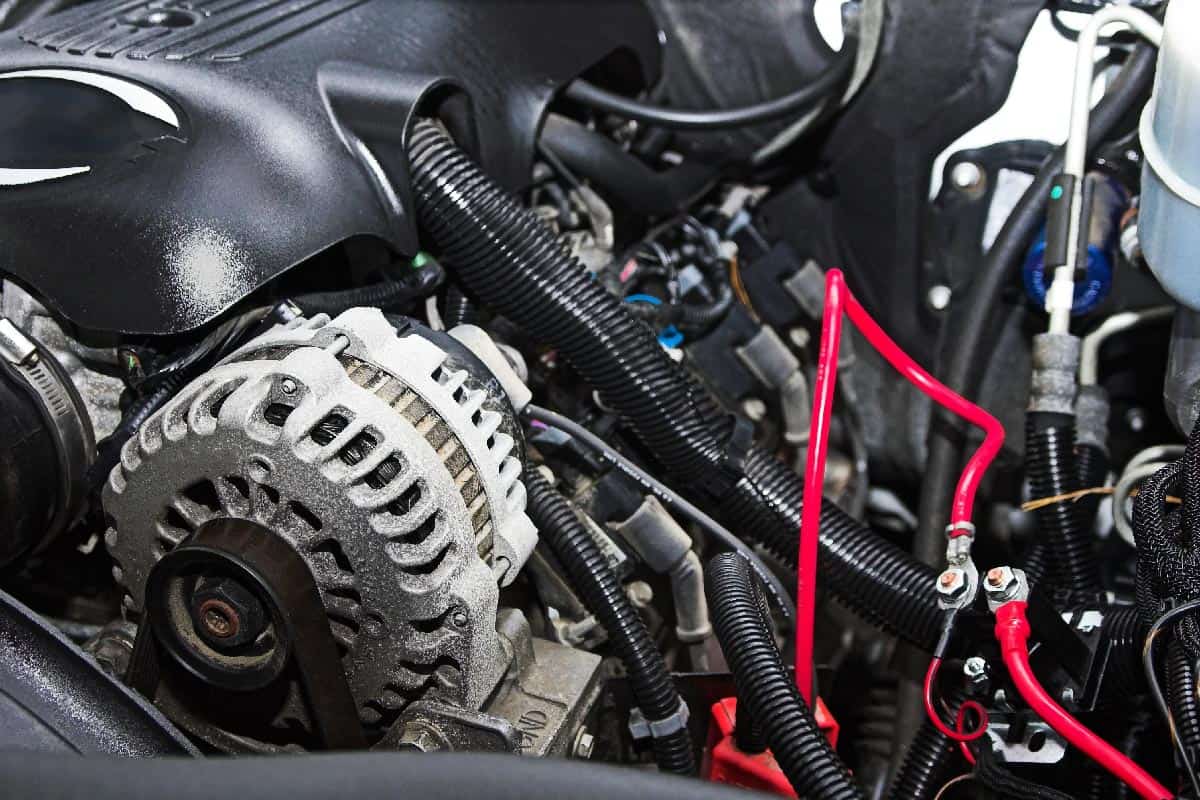
An alternator's role is to convert chemical energy to electrical energy that can charge your vehicle's battery and other electrical components.
When the alternator is malfunctioning, a new battery might have enough charge for the vehicle to run for a bit but it will ultimately stop because its battery's charge is not being replenished by the alternator. If this happens, your alternator should be checked.
Loss of Stored Parameters by the ECM
Ideally, the modules should store information without the batteries. However, in rare instances, for some car models, the ECMs lose their settings and calibration once the battery cables are removed when changing them. Recalibration can cross out this possibility.
How to Make Your Truck Start Again After Replacing Battery
Having seen the possible causes for your vehicle's failure to start, it is important to address other underlying issues besides the battery. If your vehicle's starter, engine, alternator, and ECMs are functioning well, you've effectively narrowed down the issue to the battery itself.
In replacing your battery, ensure it's the right fit for your vehicle. Particularly take note of the battery size requirement of your car or truck and ensure that the battery matches it. If unsure of the required size, refer to the vehicle's manual.
The installation is just as important as the choice of battery. As you lower your car's battery into its tray, ensure the terminals are not in contact with other terminals or metals.
The cable connectors also need to be in good shape. If they are corroded, your vehicle won't start. Luckily, this can be easily fixed without a visit to your mechanic.
Some materials that can kill corrosion are a mixture of baking soda and water and generic car terminal cleaners. Make sure to wear safety glasses and rubber gloves before attempting to clean off corrosion.
Coat the cable connectors with your chosen cleaner, scrub them with a stiff-bristle brush or toothbrush while applying moderate force, and clean up with a towel, rinsing with water as needed.
Now, connect the positive cable - this is usually red - to the positive terminal of the battery and connect the negative cable - usually black - to the battery's negative terminal. Clamp the cables down to ensure it's tightly connected. You can now successfully start your truck or car.
What Happens When Car Battery is Disconnected?
A major role of a car battery is the supply of voltage to the powertrain control module (PCM). When the battery is disconnected, this supply is cut off.
The PCM as a result forgets its adaptive memory settings which include the fuel trim, changes in the transmission shift points, throttle body positions, power windows settings, and radio presets.
To prevent this loss, it is advisable to plug in a portable power supply before disconnecting the battery. You can skip this if you intend to reset the car's computer and settings via a battery disconnect.
How Do You Reset Your Car's Computer?
There are two methods of resetting a car's computer, the first of which is by leaving out the Electronic Control Unit (ECU) and backup fuses for some minutes before reinstalling them.
The second option is to leave the battery disconnected for some minutes and reconnect it. If using this method, the car needs to first be turned off before disconnecting the batteries.
In disconnecting the batteries, remove the negative cable from the battery's negative terminal before removing the positive cable. Then attach the negative and positive cables for the duration whereby the battery is left out.
How Long Does It Take For a Car Computer to Reset?
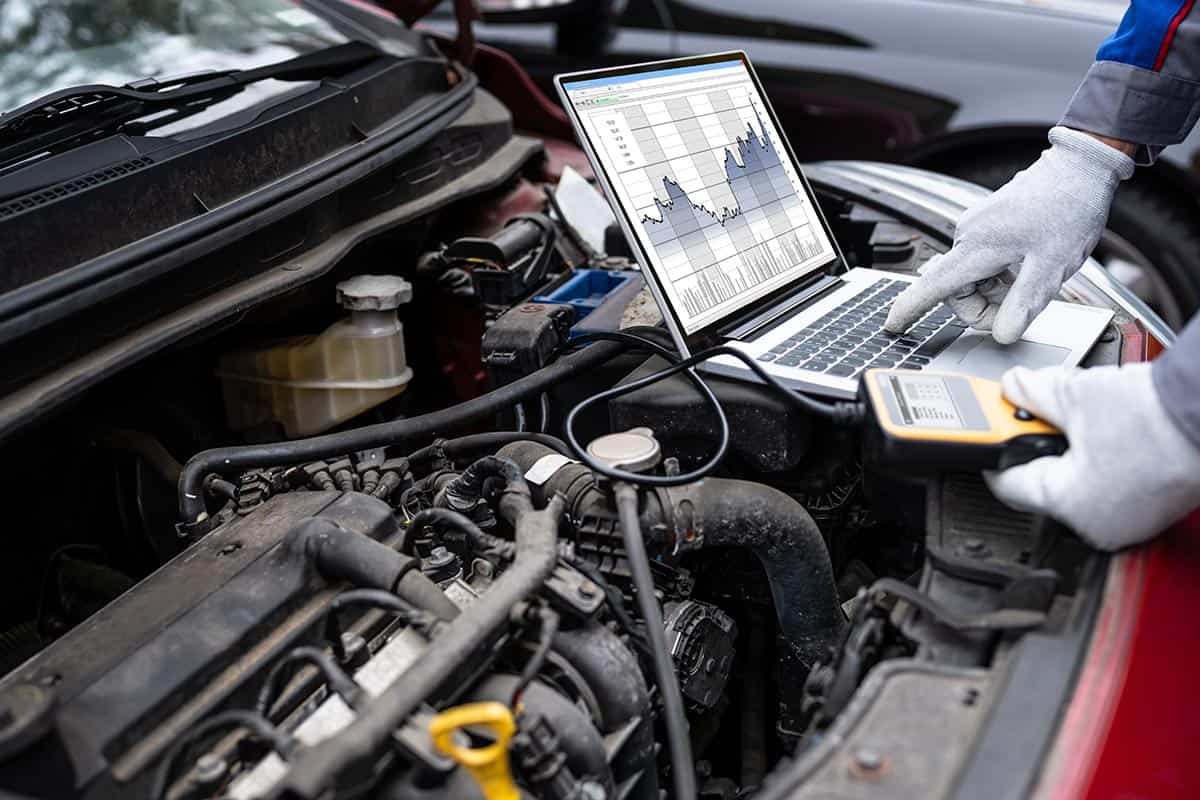
The amount of time it takes to reset your car's computer depends on the method used. If going via the first method, that is by leaving out the ECU and backup fuses, they have to be left out for at least 10 minutes before reinstalling.
If you choose to use the second method, the battery has to remain disconnected for 45 minutes before reconnection.
A hard reset reverts your vehicle to factory settings. This means that the information and settings saved on your car's computer will be cleared. Consequently, communication between your vehicle sensors and the computer modules will also be reset.
Since disconnecting your battery can reset your car’s computer. If this is not the desired outcome, make sure to have your vehicle connected to a portable power supply before disconnecting your battery.
Will Disconnecting Battery Reset Codes?
Codes are alphanumeric values that your vehicle’s On-Board Diagnostics (OBD-II) uses to let you know when there is a problem. Generally, there are two types of codes: hard codes and soft codes.
Hard codes direct your attention to problems that are more permanent and need urgent attention while soft codes are temporary. Disconnecting your vehicle's battery will reset its soft codes. However, your hard codes will remain unaffected by a battery disconnect.
Can a Dead Battery Cause Limp Mode?
Limp mode typically turns off certain functionalities of the vehicle such as the air conditioning and windshield wipers. The speed of the car is also reduced when in limp mode.
While the limp mode is usually triggered by problems in the Engine Control Unit (ECU) or transmission system, it can also be caused by a dead battery. The solution to this is simply to replace the battery
To Wrap Up
It can be frustrating if your truck doesn't start after you have disconnected and replaced your vehicle’s battery. Now you know how to identify and address the different problems that could be at the root of this automotive annoyance so you can sort it out and get back on the road.

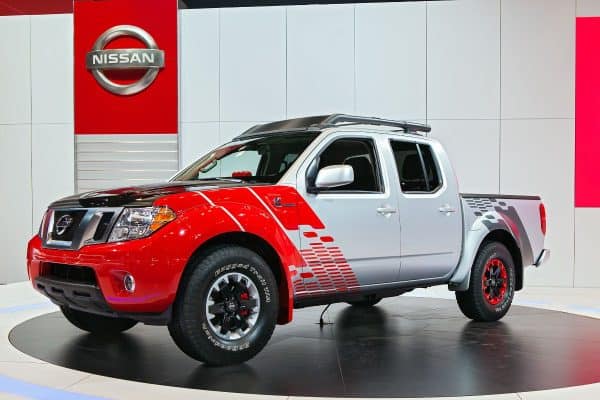
![Portrait of middle aged bearded truck driver standing by the truck and showing his commercial driver license. Focus on CDL license. Truck driving school and job openings, Do You Need A CDL To Drive A Box Truck [By State]](https://veasks.com/wp-content/uploads/2022/11/PORTRA1-600x400.jpg)
